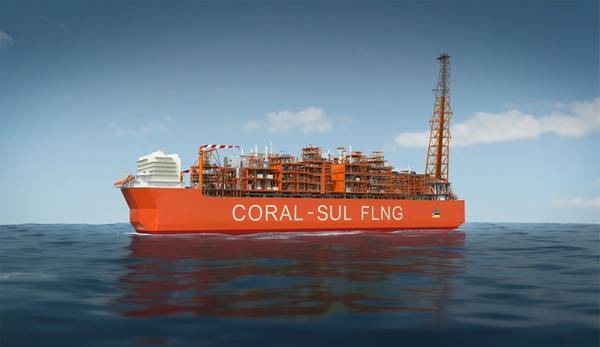Connectivity Issues are Disrupting IOT Rollouts Severely for Most Oil and Gas Businesses
Research by Inmarsat, the world leader in global, mobile satellite communications, reveals that, despite the accelerating speed of Internet of Things (IoT) adoption over the course of the Covid-19 pandemic, poor or unreliable connectivity is a key barrier limiting the success of IoT projects for most organisations in the oil and gas sector.
According to the research, ‘Industrial IoT in the Time of Covid-19’, 78 per cent of all oil and gas businesses experience connectivity challenges when trialling IoT projects and 81 per cent don’t feel that public terrestrial networks are completely suitable for their IoT needs. For most oil and gas businesses, the success of IoT projects hinges on connectivity being reliable, available, and responsive enough to deliver actionable data at the right time and at the right cost to deliver a strong return on investment.
IoT is a network of networks, therefore reliable connectivity is essential for enabling business critical IoT projects, particularly in some of the world’s remotest locations, where terrestrial connectivity, such as cellular or fibre, is either limited or non-existent. Where this is the case, oil and gas respondents prioritise security (49 per cent), network coverage (47 per cent) and reliability (46 per cent). This focus on reliability of IoT connectivity is even more pronounced in oil and gas businesses in Russia and the Stans (65 per cent), a region with extensive remote territories and limited terrestrial connectivity. Additionally, none of the oil and gas respondents in Russia and the Stans said public terrestrial networks were completely suitable for their IoT needs.
Overall, there is still a considerable amount of work to be done to improve IoT connectivity strategies, with only 49 per cent of all oil and gas organisations using some form of backup connectivity to continue collecting IoT data in remote areas away from terrestrial communications. Again, there is a notable geographical variance here, with only 25 per cent of oil and gas businesses in Russia and the Stans electing to use some form of backup connectivity when they cannot access their chosen connectivity type.
Encouragingly, more than four in five (82 per cent) of oil and gas respondents agreed that since solving their IoT connectivity challenges they have enjoyed much more success with their IoT projects. A similar number (80 per cent) agreed satellite connectivity provides critical support to their organisation’s IoT communication networks.
Commenting on IoT connectivity challenges in the oil and gas sector, Damian Lewis, Market Development at Inmarsat said: “Our research reveals there are some positive trends when it comes to connectivity within the oil and gas sector. For instance, satellite is already the most widely used type of backhaul connectivity for IoT projects, providing critical support to oil and gas businesses’ IoT communications networks. This is a clear illustration of the demand for connectivity that works anywhere, in an industry where operations are remote and environments unforgiving. That said, the industry could do more to put the right kinds of connectivity technologies to work so it can unlock the huge potential IoT could add to the industry’s upstream operations over the next decade.”
Commenting on the findings, Mike Carter, President of Inmarsat Enterprise said: “With the majority of our research respondents experiencing connectivity issues when trialling IoT projects, it is clear many businesses need to overcome these challenges to maximise their return on investment. The fact that they also cite the limitations of public terrestrial networks as a barrier to the success of their IoT projects highlights the importance of reliable, secure and responsive connectivity for delivering the actionable, timely data they need to achieve their IoT ambitions. Dependable, flexible satellite communications play a key role in enabling IoT for businesses, allowing data to be collected, stored, and analysed from anywhere on the planet, including far-flung sites well out of reach of terrestrial connectivity.
“Businesses are increasingly appreciating that data collected in the remotest areas is often the most valuable, as business-critical activities happen there. Whether running a remote farm in Brazil, a mining facility in Western Australia, or an oil well in the Arabian desert, there need not be holes in an organisation’s visibility of its operations. Inmarsat Enterprise focuses on providing IoT connectivity to business-critical applications in remote places, via our highly reliable L-band network, ELERA. As the world’s leading provider of global, mobile satellite communications with the widest, most expert partner network globally, we work closely with our customers to help them achieve the most reliable, cost-effective, and efficient mix of different IoT connectivity types.
“In addition, to produce highly accurate, near real time ‘digital twins’ of their global supply chains, businesses need to work with trusted connectivity partners to develop the most suitable IoT connectivity strategies. Inmarsat ELERA is ideally suited for the billions of new IoT devices and sensors that are being connected every year. It has been designed for those businesses looking to accelerate and improve their IoT deployments, enabling organisations from all sectors to access IoT anywhere.











